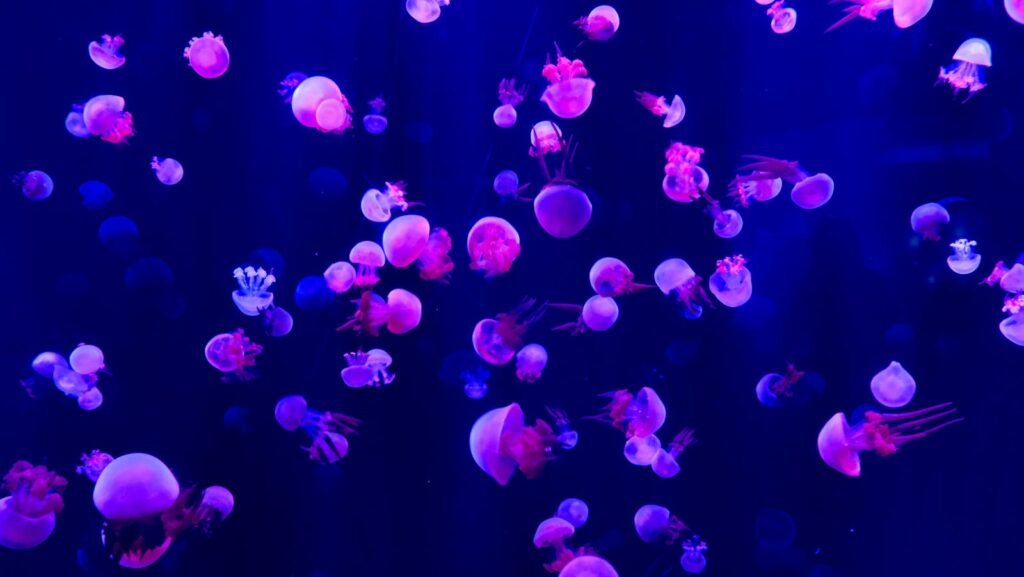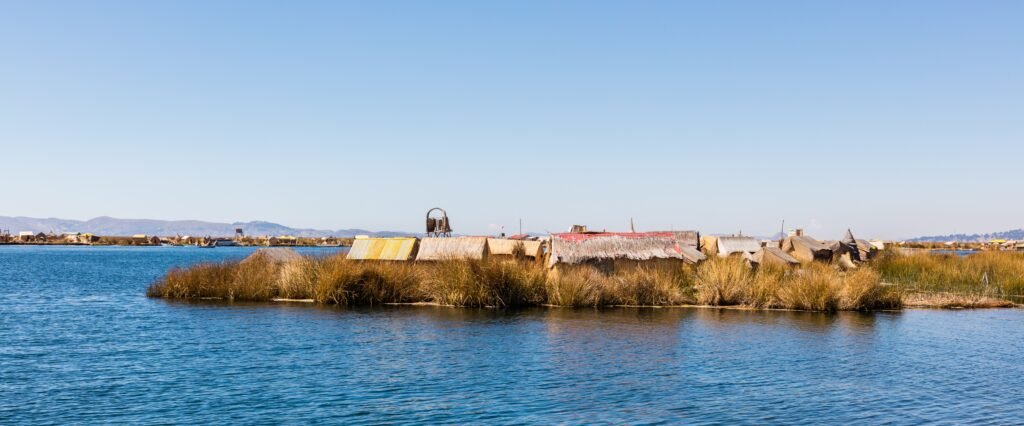Imagine snorkeling in clear blue water, only to find yourself suddenly surrounded by a ghostly, pulsating cloud of jellyfish. It’s a mesmerizing, almost otherworldly sight. Now, imagine this happening not just here and there, but in oceans all over the planet. In recent years, jellyfish populations have exploded in many regions, creating shockwaves that ripple through the very fabric of ocean life. These translucent drifters, often overlooked or dismissed as mere stinging nuisances, are quietly but powerfully rewriting the rules of who eats whom beneath the waves. The changes they bring are not just fascinating—they’re reshaping ecosystems, threatening fisheries, and challenging our understanding of how the sea works. Get ready to discover the surprising, tangled story of how jellyfish are changing ocean food chains across the globe.
The Mysterious Rise of Jellyfish
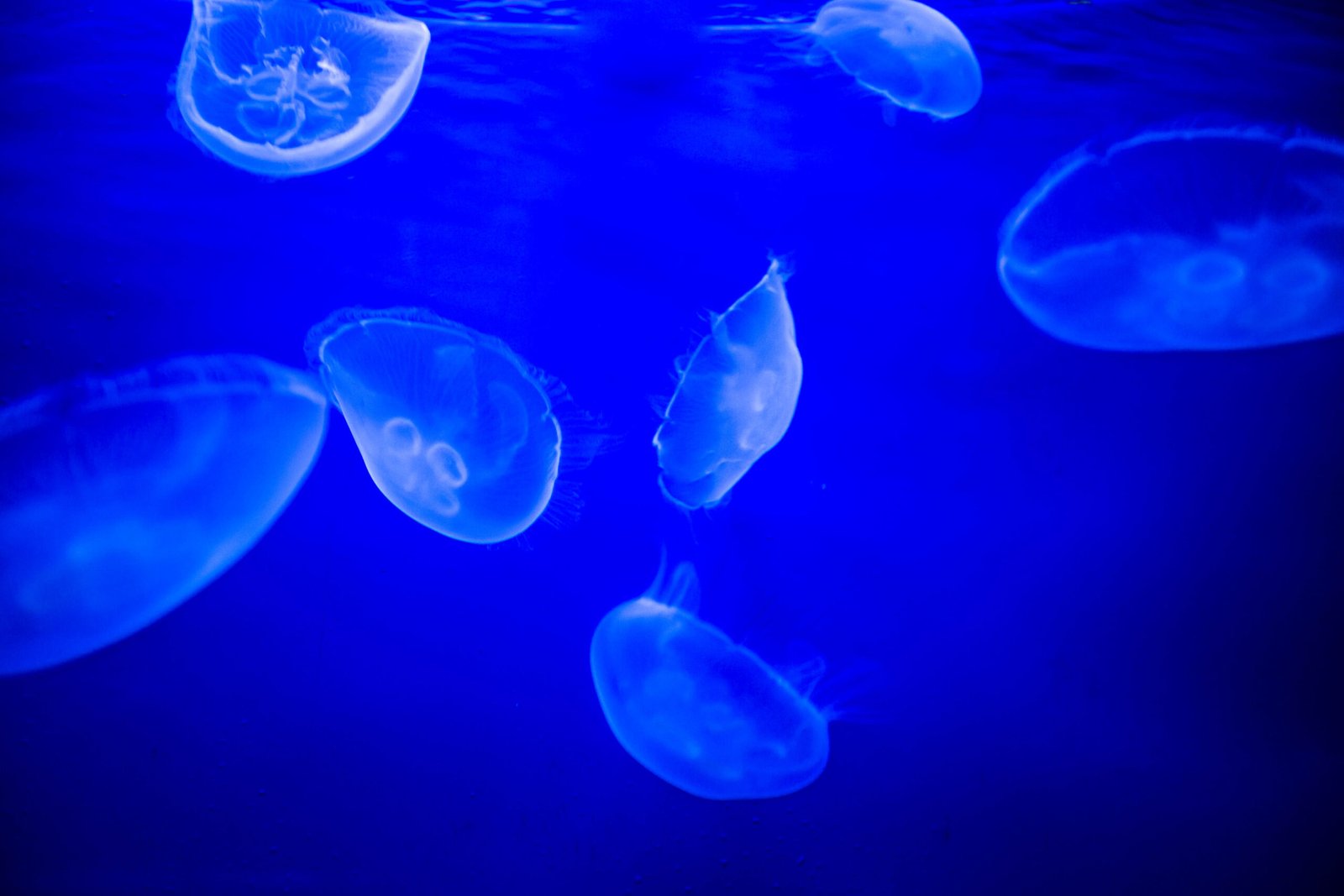
Jellyfish have been around for over 500 million years, making them some of the oldest creatures in our oceans. But today, their numbers are growing in places where they were once rare. Experts call this phenomenon “jellyfish blooms,” where swarms of thousands—sometimes millions—suddenly appear. These blooms can be both beautiful and alarming. Scientists are still unraveling why this is happening, but many point to warming oceans, pollution, and overfishing as possible culprits. Unlike many marine species, jellyfish thrive in disturbed environments. Their rise is like a mysterious, glowing warning sign that something big is shifting beneath the surface.
Jellyfish as Top Predators
It might sound surprising, but jellyfish are formidable predators in their own right. Armed with tentacles laced with stinging cells, they can paralyze and consume small fish, zooplankton, and even other jellyfish. When their numbers soar, they can outcompete traditional predators like fish and squid for food. In some places, jellyfish have become so dominant that they’re now top predators, controlling what lives and what dies in their waters. This reshuffling of power is changing the entire balance of marine food webs, often in ways scientists are only beginning to understand.
Climate Change: Fueling the Jellyfish Boom
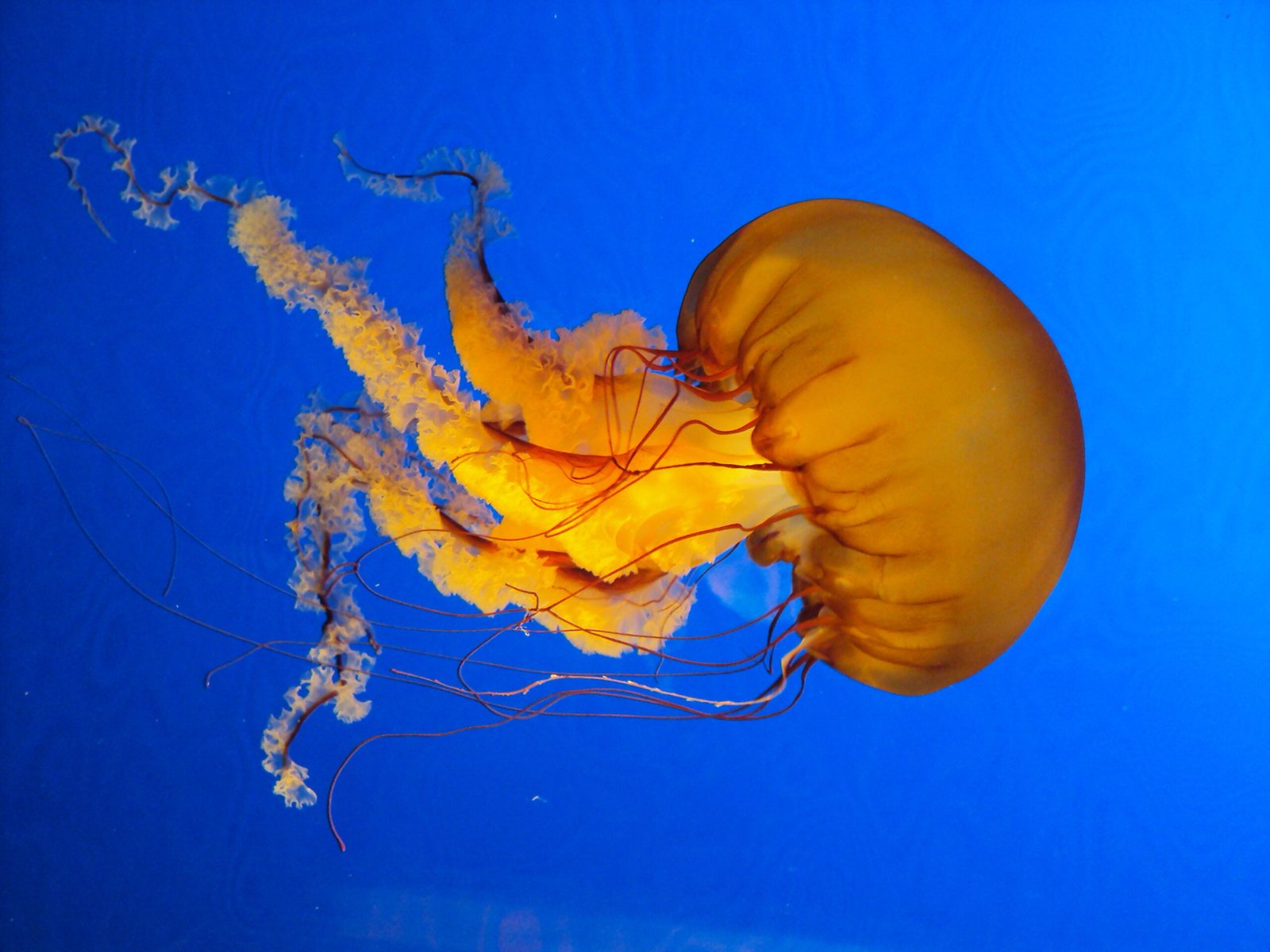
Rising ocean temperatures are like an open invitation for jellyfish to multiply. Warmer waters speed up their growth and reproduction, allowing jellyfish to complete their life cycles much faster. Some species even benefit from more acidic conditions caused by excess carbon dioxide—something that harms many other marine animals. As the climate crisis accelerates, the seas are becoming more comfortable for jellyfish but less so for their competitors and prey. In some regions, this means jellyfish are flourishing while fish populations dwindle—a shift with far-reaching consequences for the food chain.
Overfishing: Making Way for Jellies
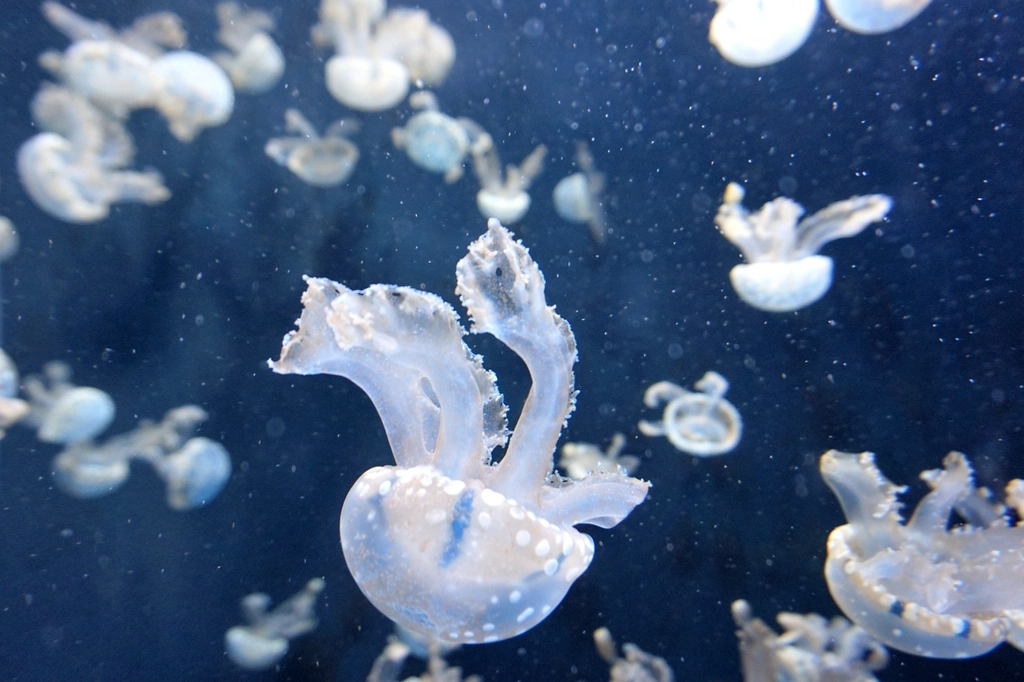
When we overfish the oceans, we often remove the very species that would normally keep jellyfish in check. Many fish and sea turtles eat jellyfish or compete with them for food. With these natural controls gone, jellyfish populations can surge unchecked. It’s a bit like pulling the wolves out of a forest and watching deer numbers explode. This unintended consequence of overfishing is a classic example of how human actions can inadvertently tip the scales in favor of unexpected winners—and jellyfish are seizing the opportunity.
Pollution and Eutrophication: A Perfect Storm for Jellyfish
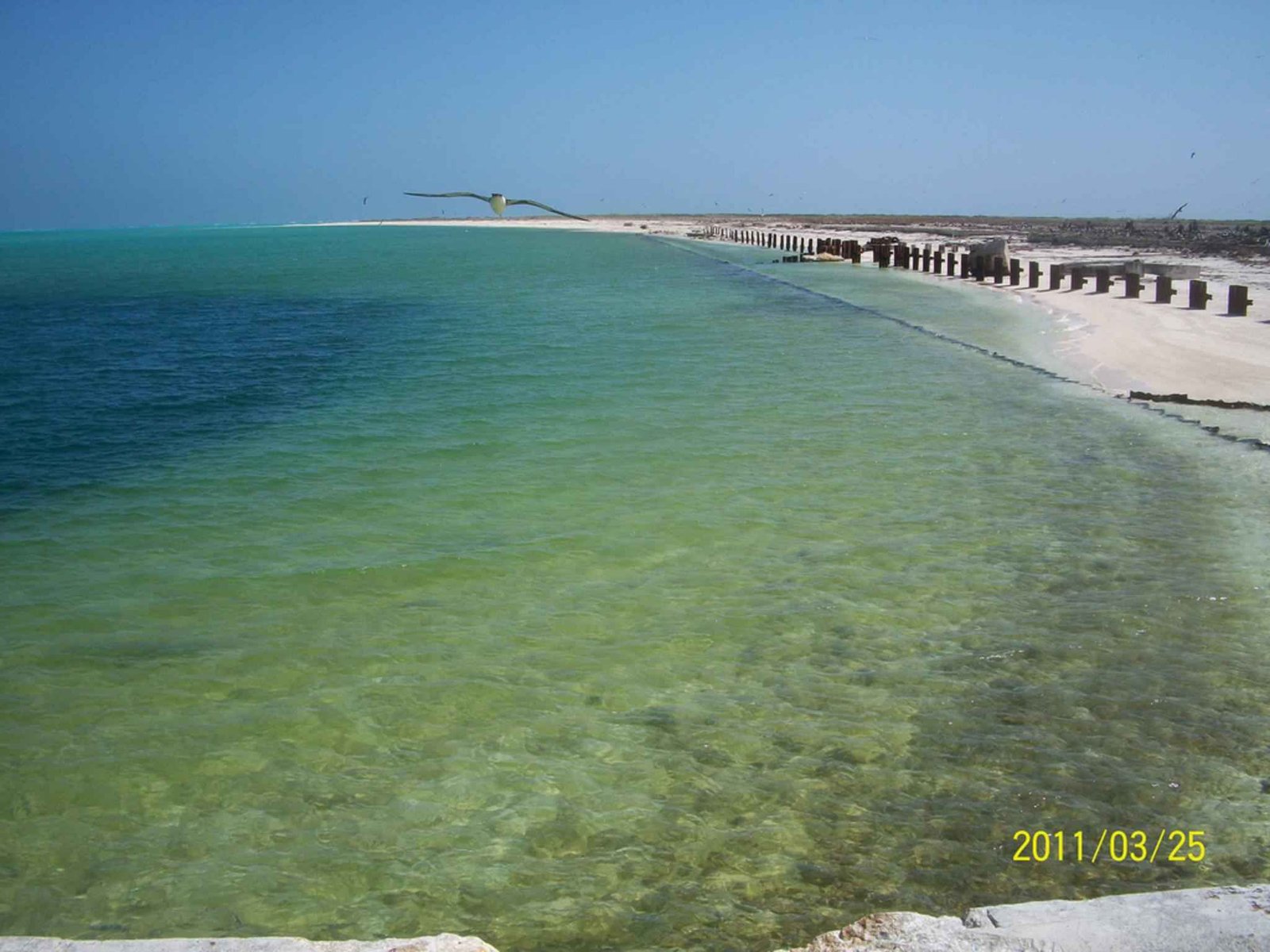
Pollution, especially nutrient-rich runoff from farms and cities, feeds massive algae blooms in coastal waters. When these algae die, they create low-oxygen “dead zones” where most fish struggle to survive. Jellyfish, however, are remarkably tolerant of low-oxygen environments. In these polluted waters, they can outlast and outcompete other marine life. This means that in areas plagued by pollution and eutrophication, jellyfish can become one of the last survivors, dominating food webs where few others can.
Interrupting the Plankton Chain
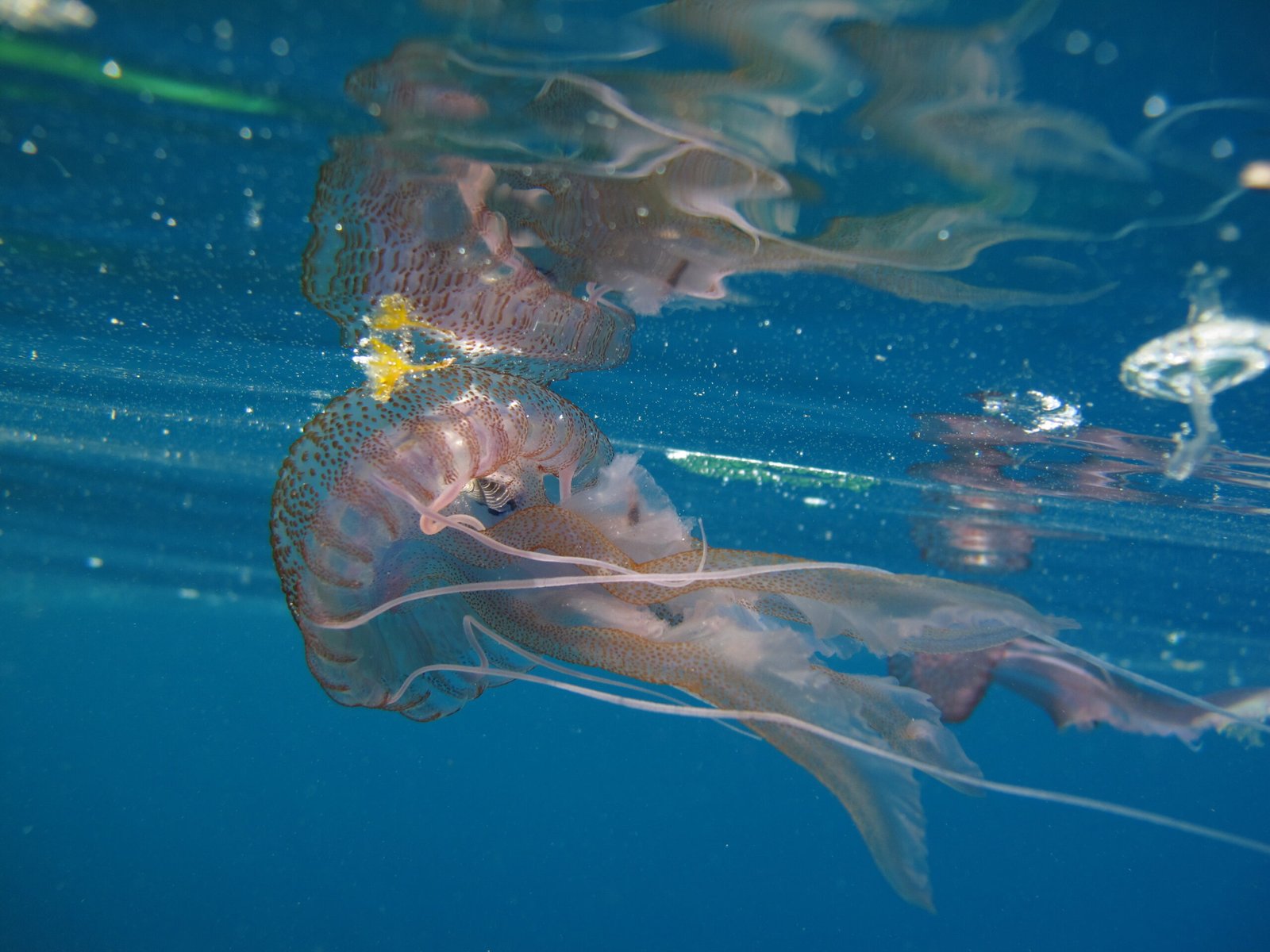
Jellyfish are voracious eaters of zooplankton, tiny creatures that float near the surface of the sea. Zooplankton themselves are a critical food source for many young fish and other marine animals. When jellyfish populations explode, they can consume so many zooplankton that little is left for other species. This disruption has a domino effect, starving the next link in the chain and reducing the survival of young fish. It’s as if jellyfish are quietly pulling threads from the tapestry of ocean life, unraveling connections vital to healthy ecosystems.
Impact on Commercial Fisheries
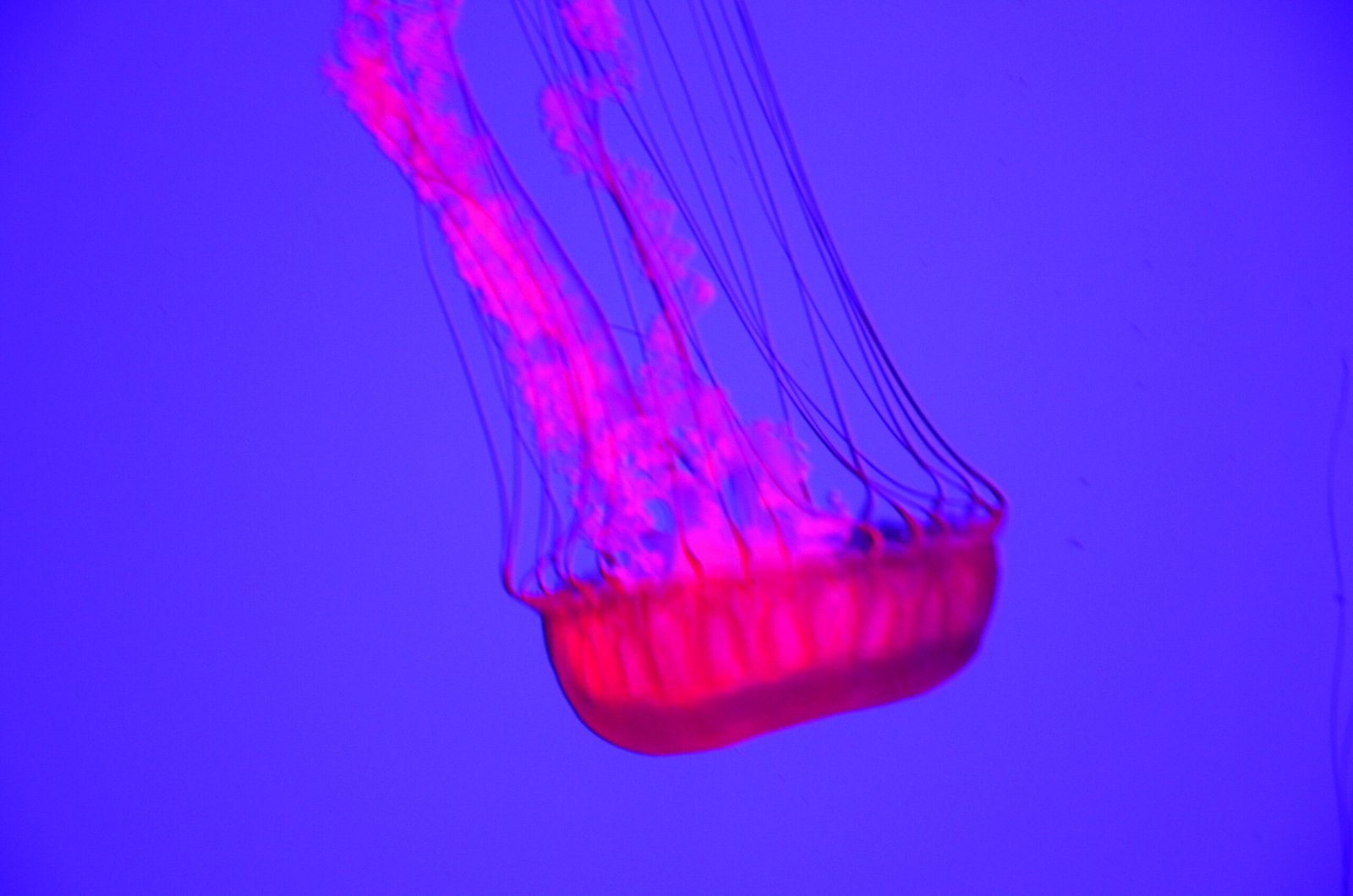
The explosion of jellyfish isn’t just a scientific curiosity—it’s a real headache for fishermen. In some places, jellyfish clog fishing nets, damage gear, and even spoil catches by stinging or crushing valuable fish. There have been reports of entire fishing seasons ruined by unexpected jellyfish blooms. Some species, like the giant Nomura’s jellyfish in Japan, can weigh as much as a sumo wrestler and bring entire operations to a halt. As jellyfish take over once-productive fishing grounds, livelihoods are threatened and coastal economies feel the sting.
Jellyfish and Marine Biodiversity
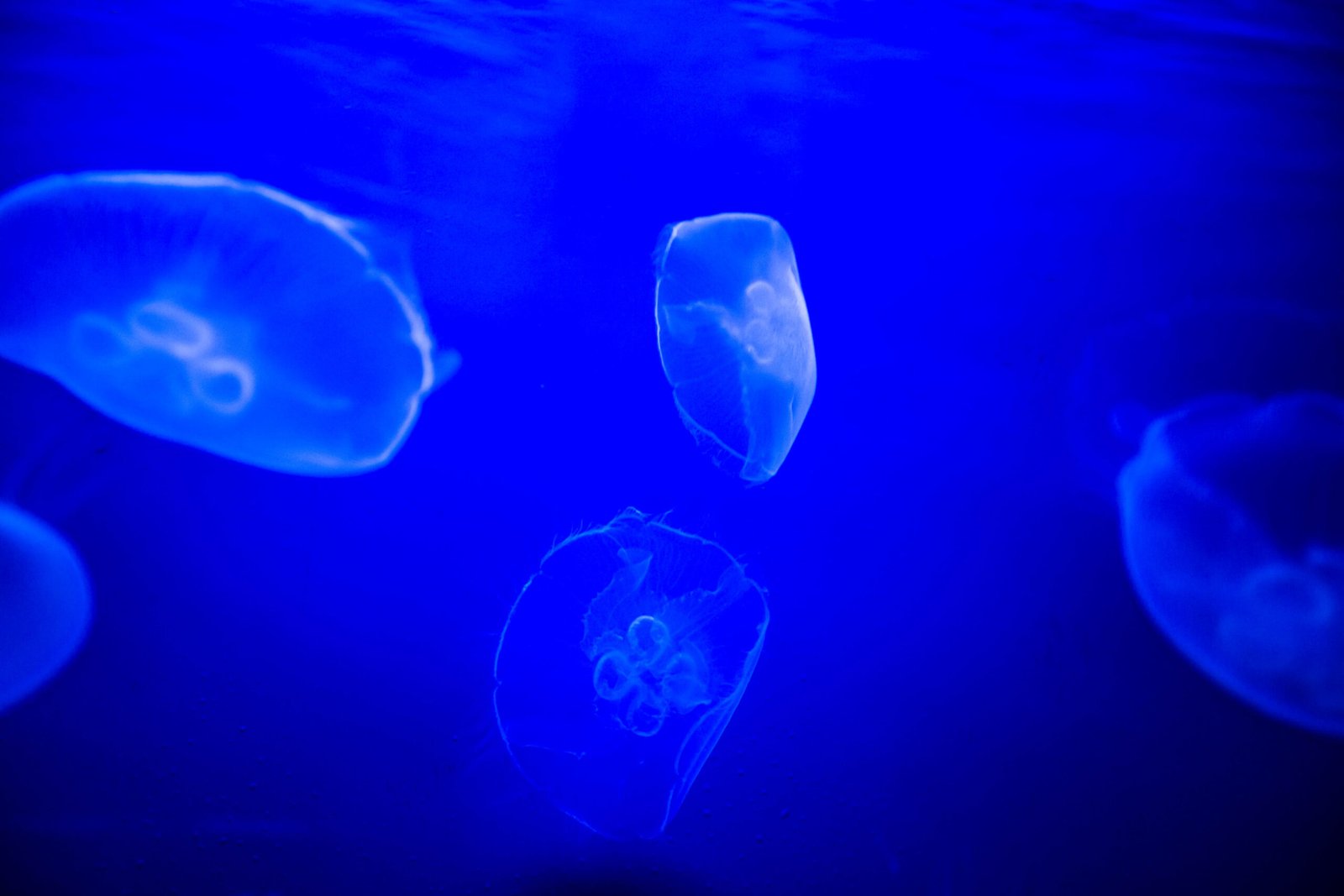
When jellyfish dominate an ecosystem, they often do so at the expense of other species. Their predation on eggs and larvae of fish can decimate future generations before they even have a chance to grow. This can lead to a decline in biodiversity, as fewer species are able to survive in jellyfish-dominated waters. Over time, these changes can make ecosystems less resilient and more prone to collapse. The loss of biodiversity isn’t just an ecological issue—it impacts everything from recreational fishing to tourism and even our sense of wonder about the natural world.
Disrupting the Food Web Pyramid
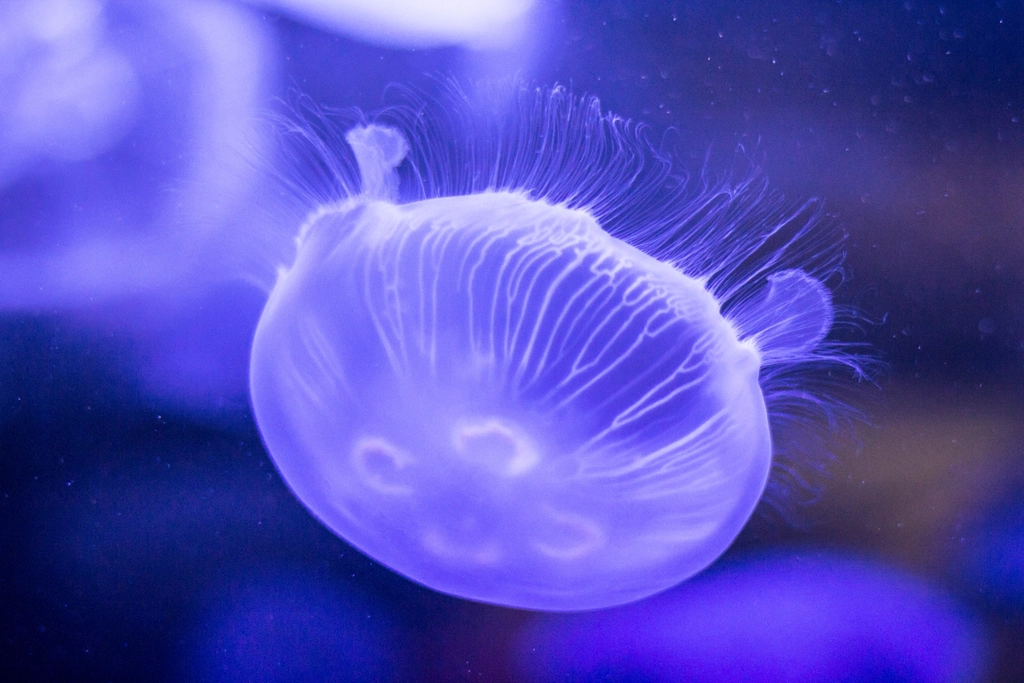
In healthy ocean ecosystems, energy flows from small organisms like plankton up to larger fish, marine mammals, and birds. Jellyfish throw a wrench into this pyramid. They consume large amounts of plankton but are not eaten in significant numbers by other animals, except a few specialized predators like sea turtles. This creates a bottleneck in the flow of energy, with jellyfish acting as a dead-end for nutrients. The classic pyramid of life becomes top-heavy with jellies, starving larger predators and altering the entire structure of the food web.
Jellyfish and Human Health Risks
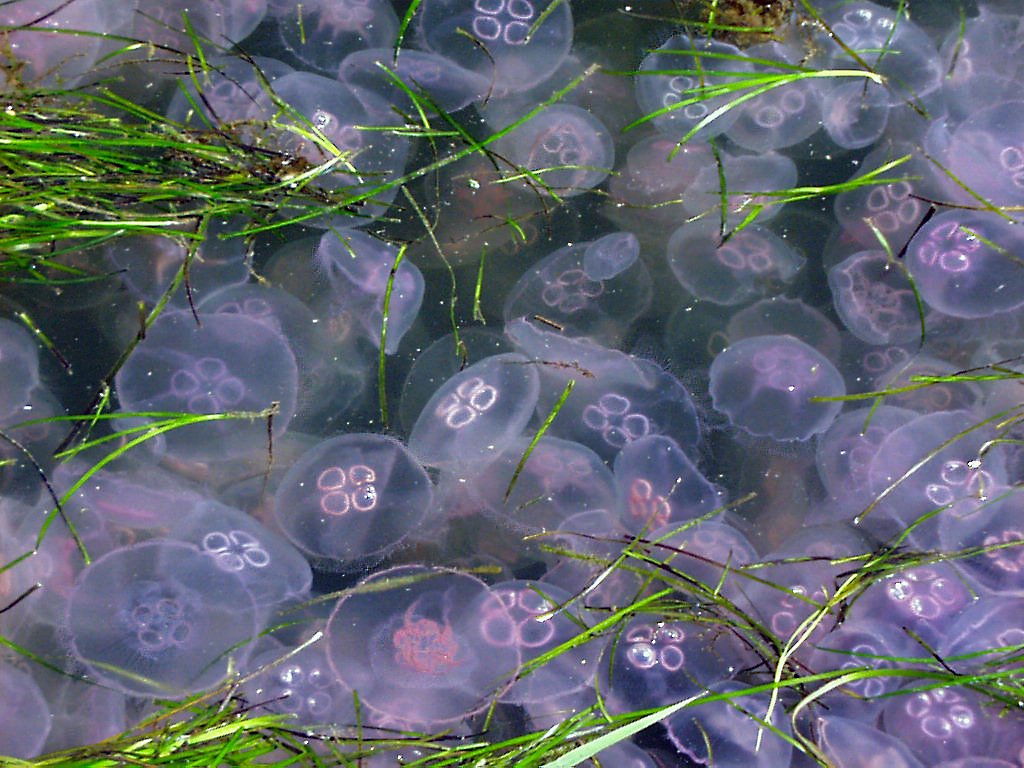
The rise of jellyfish isn’t just an issue for marine life—humans are feeling the effects, too. Beachgoers in places like the Mediterranean, Australia, and the Gulf of Mexico have experienced record numbers of jellyfish stings. Some species can cause serious injury or even be fatal. The medical costs and lost tourism revenue add up quickly. In some places, entire stretches of beach have been closed during massive blooms, leaving locals and visitors frustrated and wary of entering the water.
Threats to Aquaculture
Aquaculture, or fish farming, is growing rapidly as wild fish stocks decline. However, jellyfish pose a unique threat to these operations. Swarms of jellyfish can clog intake pipes, suffocate farmed fish by depleting oxygen, or sting them through netting. In some cases, entire crops of farmed salmon or other species have been wiped out overnight by sudden jellyfish invasions. This risk makes aquaculture a gamble in some regions, as farmers try to protect their investments from the next swarm.
Changes in Predator-Prey Relationships
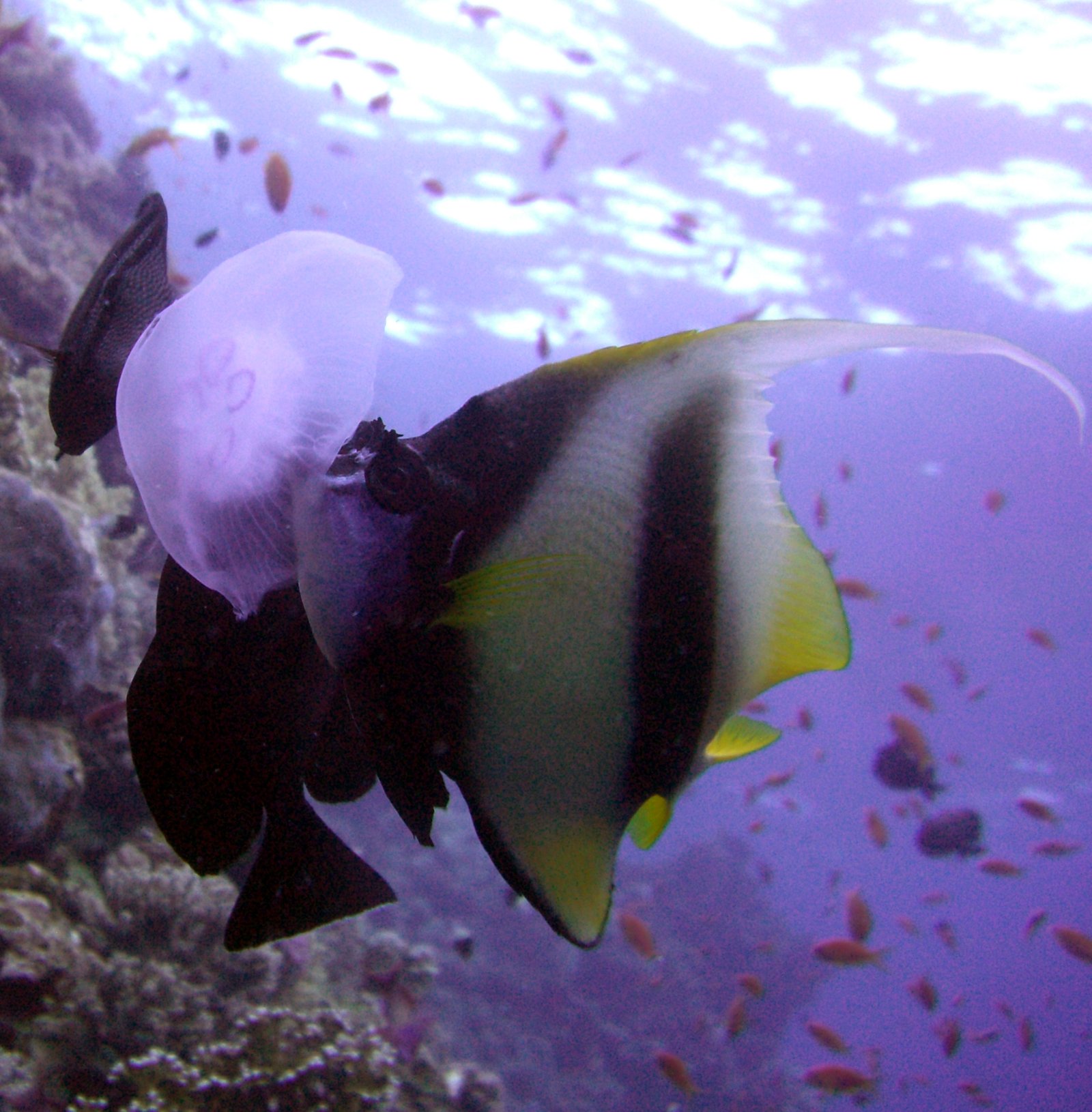
Jellyfish are altering the game of survival in the sea. By consuming huge numbers of fish larvae and competing for food, they reduce the chances for fish populations to rebound. Predators that once dined on abundant fish must now look elsewhere—or starve. Meanwhile, the few creatures that do eat jellyfish, like some turtles and sunfish, may benefit from the bounty, but not enough to restore balance. The shifting relationships create a web that is less predictable and more prone to sudden, dramatic changes.
Jellyfish as Ecosystem Engineers
Jellyfish aren’t just passengers in the ocean—they’re engineers, shaping their environment in powerful ways. Their feeding can clear vast areas of plankton, altering water clarity and nutrient cycles. When they die, their bodies sink, carrying carbon to the deep sea and fueling unique communities of scavengers. In some places, their presence has changed the very chemistry of the water. This ecosystem engineering is a reminder that even creatures we might consider simple or primitive can have outsized impacts on their world.
Geographic Hotspots of Jellyfish Blooms
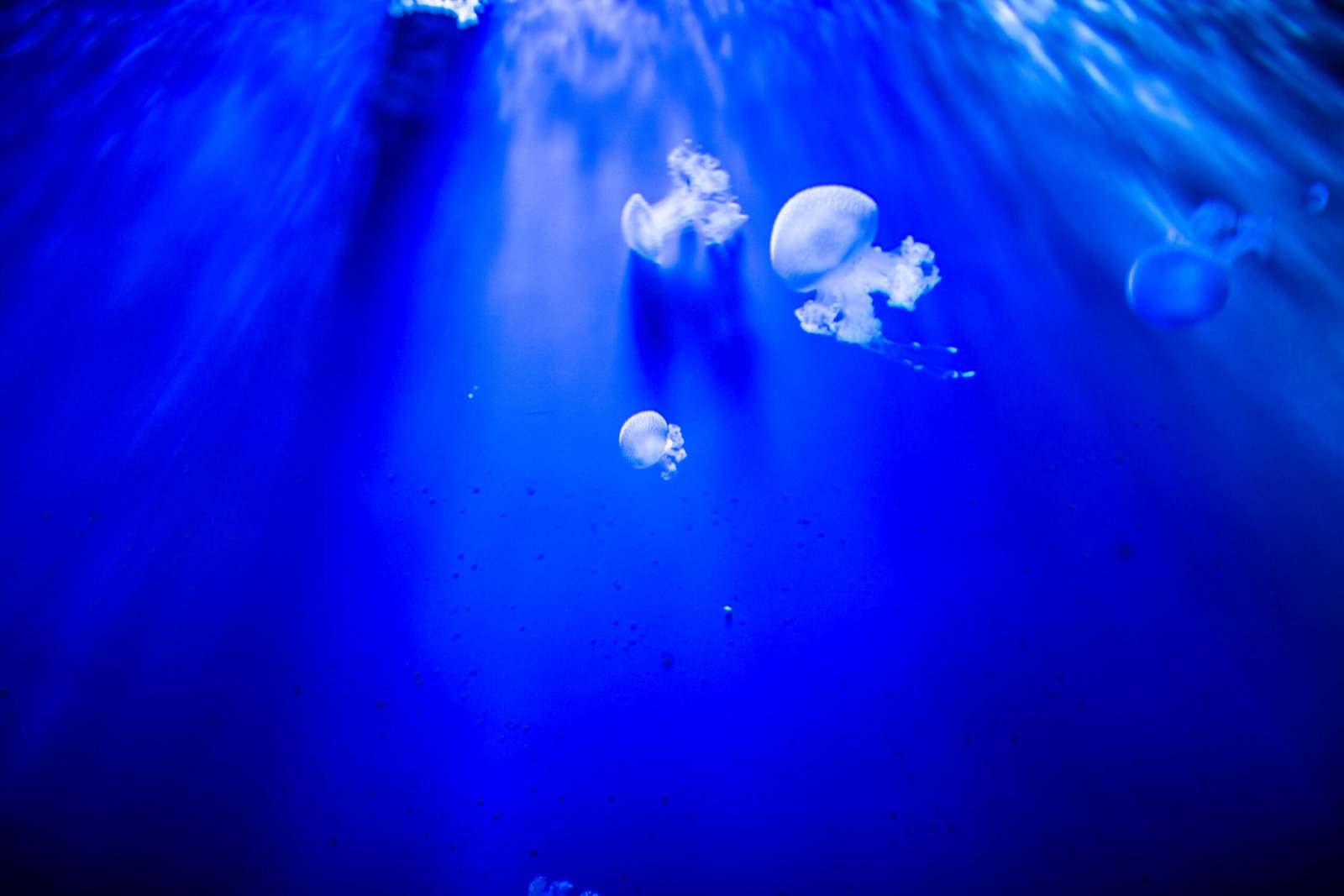
Certain regions have become notorious for their jellyfish swarms. The Sea of Japan, the Mediterranean, and parts of the Gulf of Mexico see regular, massive blooms. These hotspots are often linked to a mix of warm temperatures, overfishing, and pollution—conditions that jellyfish love. Local communities are learning to adapt, sometimes even turning to jellyfish as a food source or tourist attraction. But the unpredictability and scale of these blooms make management a constant challenge.
Innovative Solutions and Adaptations
As jellyfish populations surge, scientists and communities are searching for creative ways to adapt. Some researchers are developing better ways to predict blooms using satellites and computer models. Others are experimenting with jellyfish-based products—from snacks to cosmetics—to turn a problem into an opportunity. There are even efforts to restore natural jellyfish predators or rebuild ecosystems that can resist jellyfish takeovers. These innovations offer hope, but the scale of the challenge means there’s no quick fix.
The Future of Ocean Food Chains
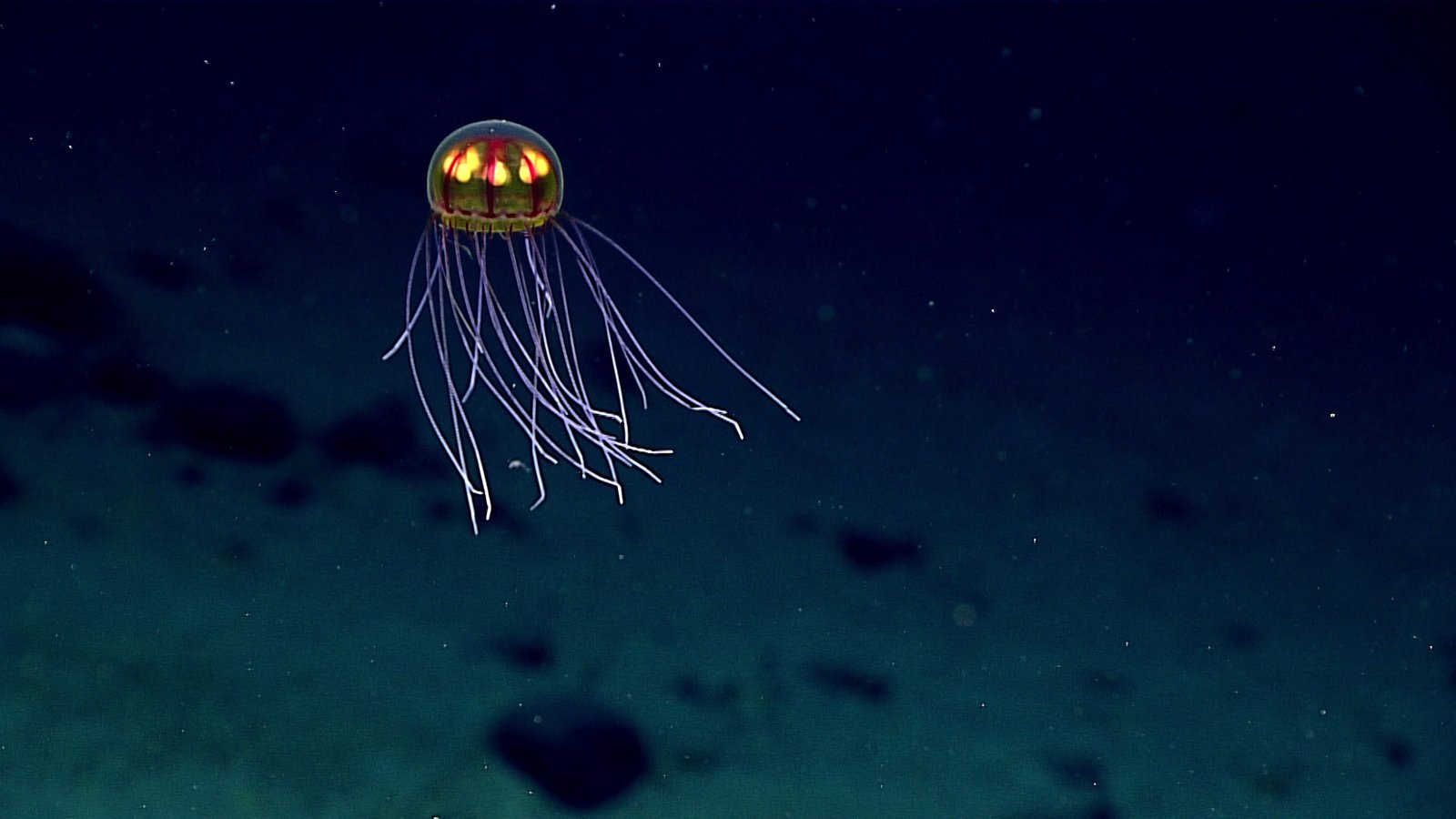
If current trends continue, jellyfish could become even more dominant in many parts of the world’s oceans. This future would look very different from the rich, fish-filled seas we imagine. Some experts warn of a “jellyfish ocean,” where these ancient creatures rule and many familiar species decline. The changes could disrupt global seafood supplies, alter climate processes, and reshape our relationship with the sea in ways we’re only starting to grasp. The choices we make now—about fishing, pollution, and climate change—will determine what kind of ocean we leave to future generations.
What Can We Learn from Jellyfish?
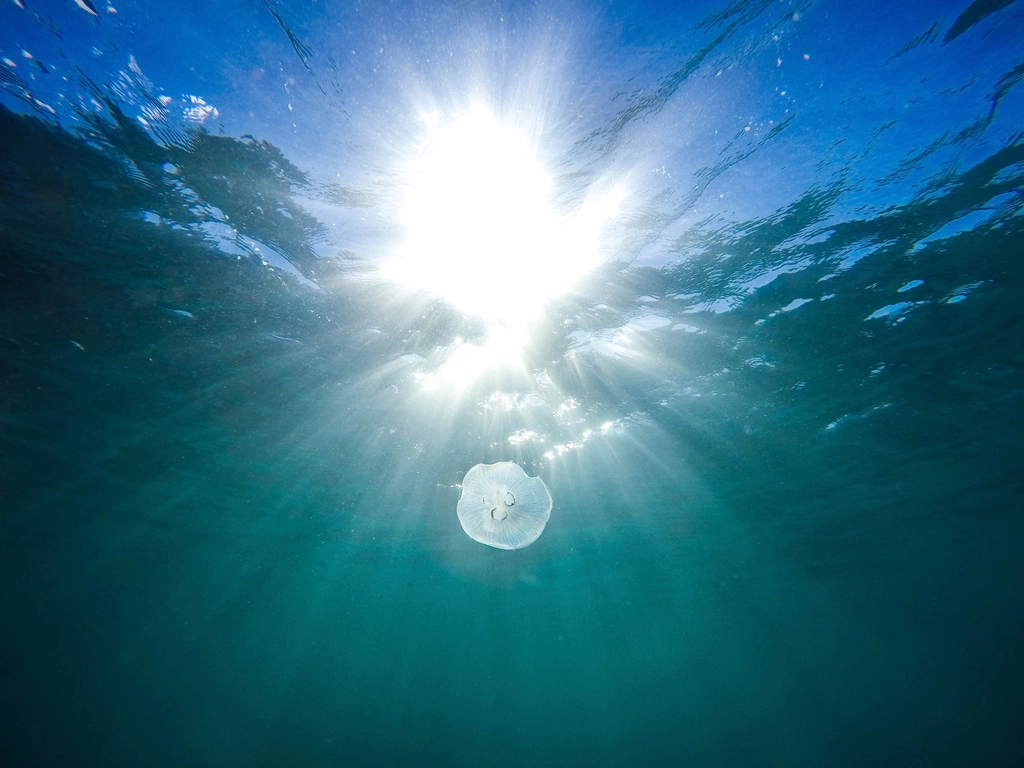
Jellyfish may be simple, but their story is anything but. Their rise is a powerful signal of the changes sweeping our oceans, from warming waters to human impacts. By watching jellyfish, we learn about resilience, adaptation, and the delicate balance of marine life. They remind us that even the most ancient and mysterious creatures can become key players when the world shifts. The next time you see a jellyfish, floating like a living ghost, will you see it as a menace, a marvel, or a messenger calling for change?

